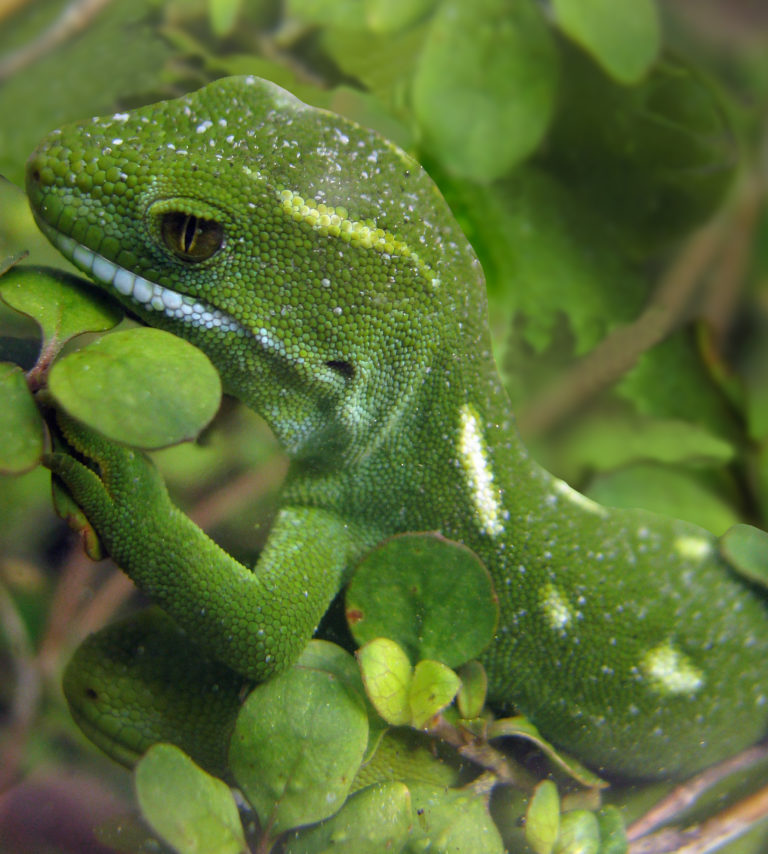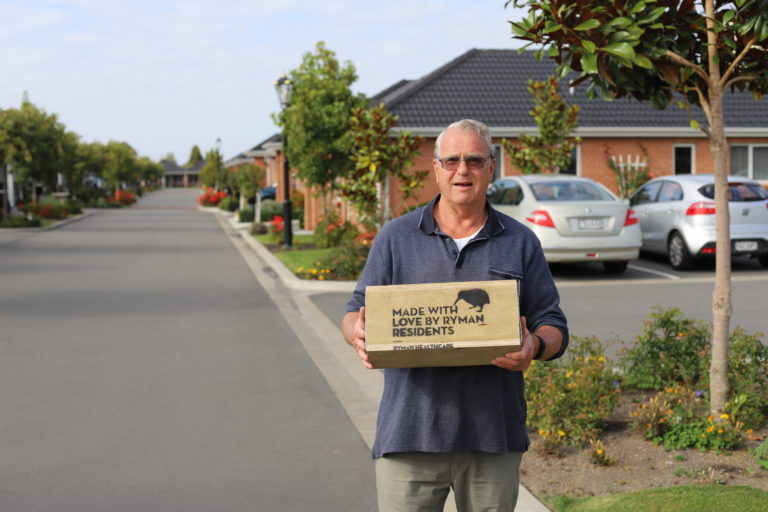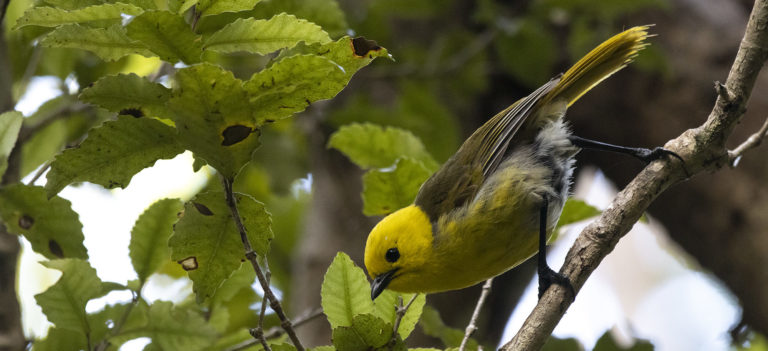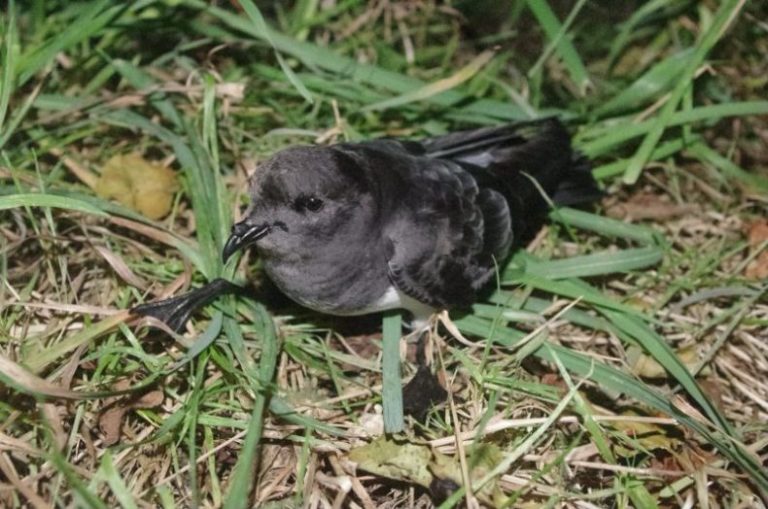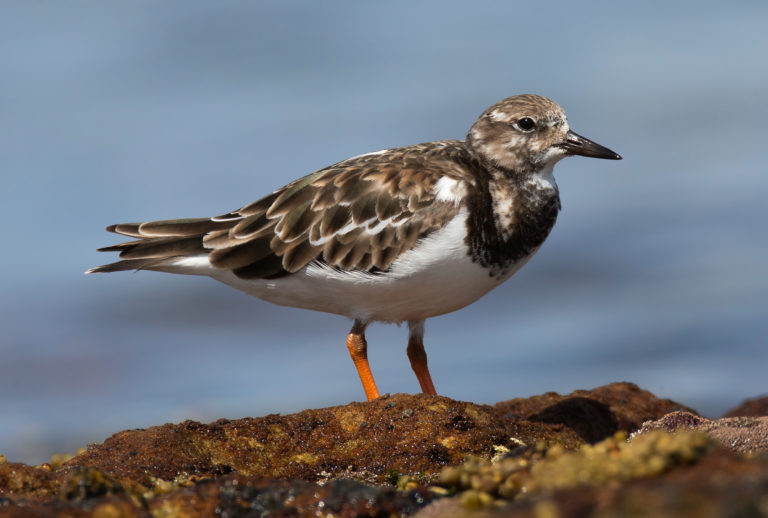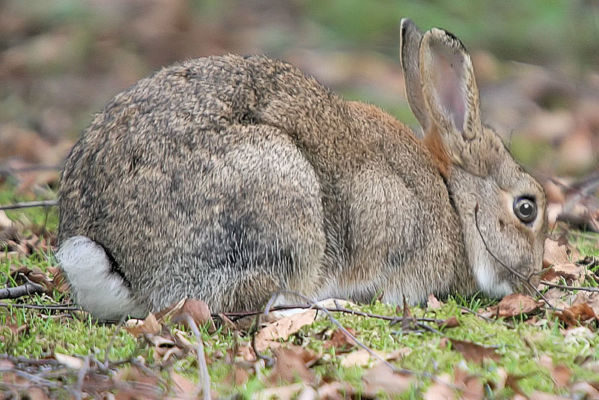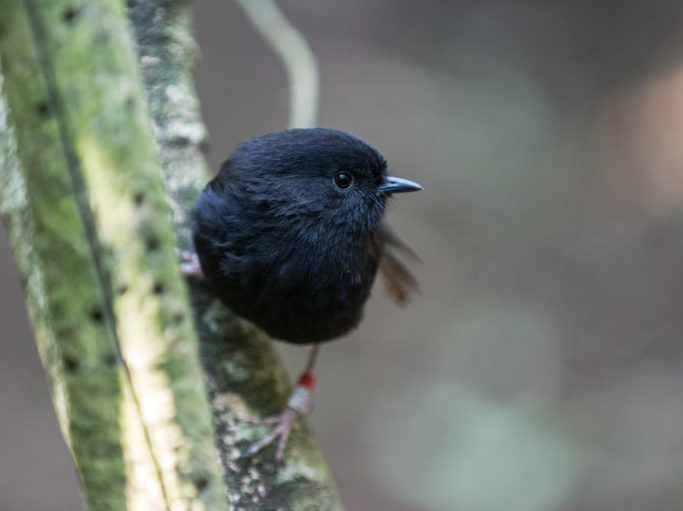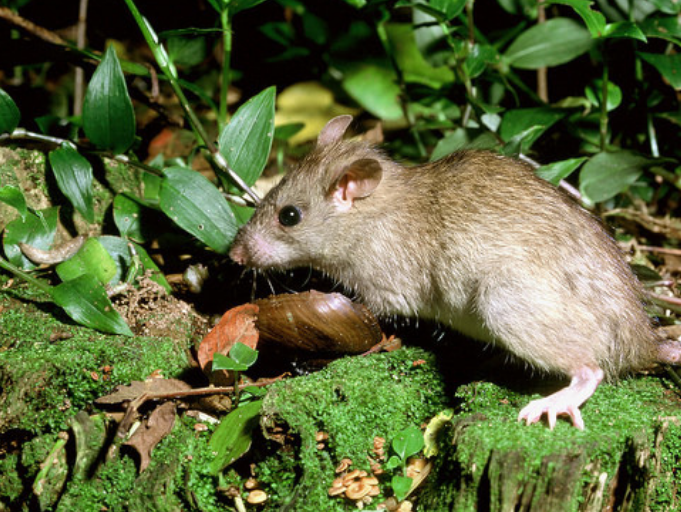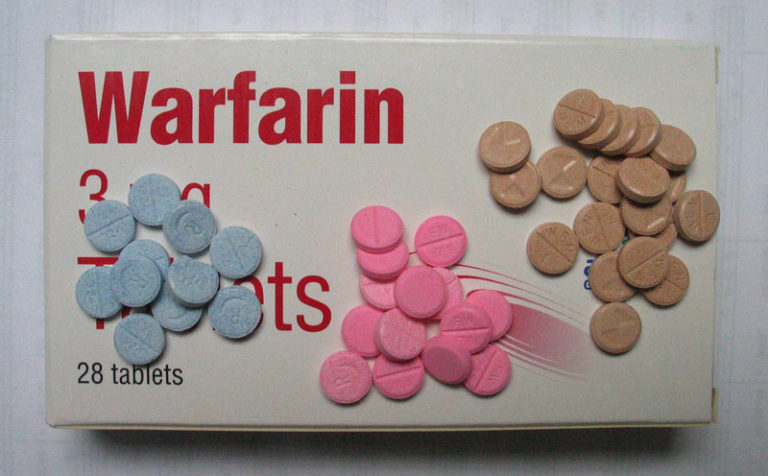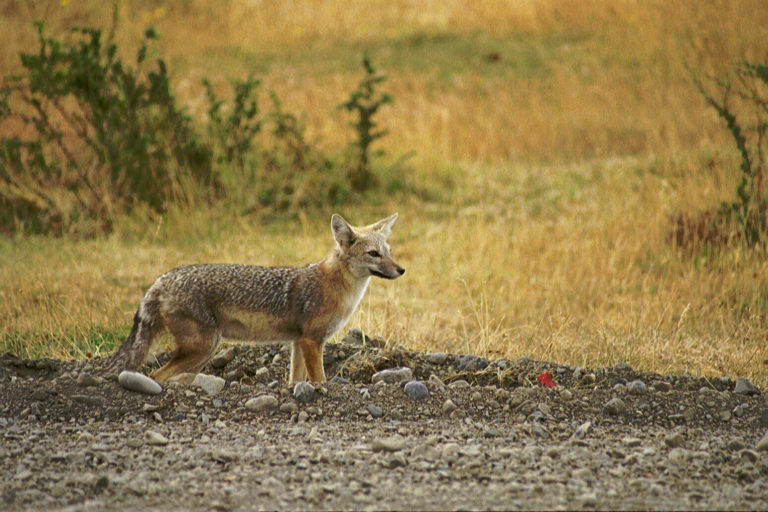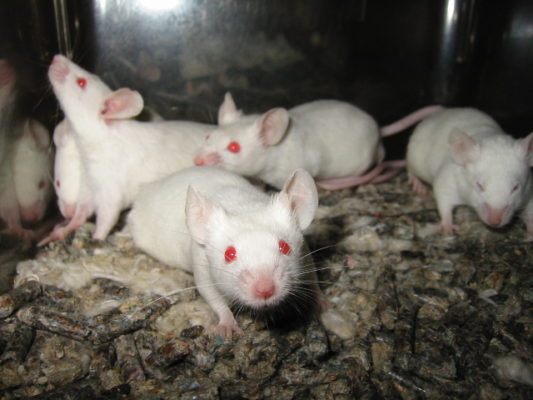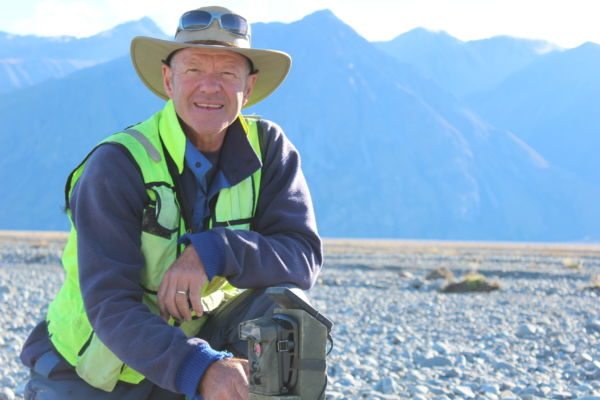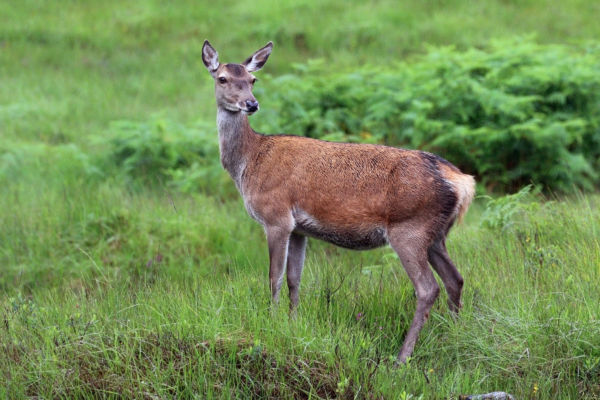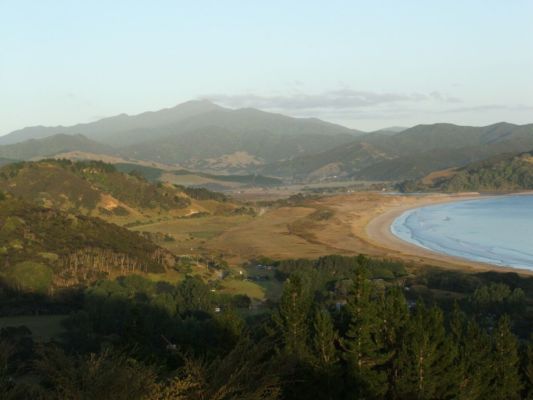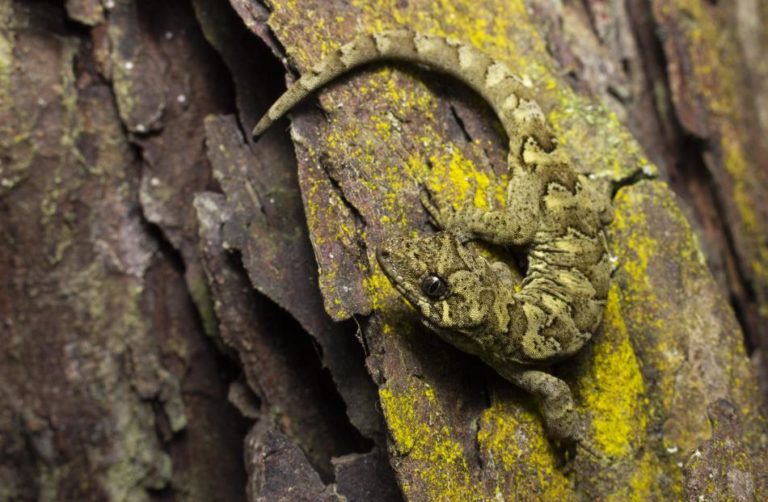Search results for: "Charles daugherty"
Flee or freeze – lizard responses to new mammal predators investigated
Our native skinks and geckos have evolved with predators that rely on eyesight to spot them – predatory birds, other lizards and tuatara.
Meet the talented trap-building retirees
Do you think retirement means putting your feet up with a good book and a cup of tea? Think again. Lynn Andrews, a 75-year-old retiree, has decided to do things differently. He’s combined two of his passions – woodworking and conservation – and started a trap-making hub at the Ryman retirement village he also calls home.
Where have all the custard-heads gone? 5 facts on our rare mōhua
With the affectionate nickname of custard-head, it should be easy to recognise the mōhua (yellowhead).
Colin Miskelly investigates seabird mysteries
Colin Miskelly is hoping to solve a mystery one day – to find where the elusive grey-backed storm petrels breed, somewhere in the lower South Island.
Banding aims to uncover turnstone migration mystery
The ruddy turnstone is the third commonest Arctic-breeding shorebird occurring in New Zealand, after bartailed godwit and red knot.
Identifying impediments to PF goals
Achieving PF 2050 goals requires more than just scaling-up eradication efforts according to researchers who identify the impediments we need to overcome.
Remembering Don Merton and a bird called ‘Old Blue’
Don Merton (1939-2011) was a passionate pioneer in the conservation of endangered birds.This is the story of Don and a tiny black bird known as ‘Old Blue’.
New toxin combination tested for rats and possums
Scientists investigate a new toxin combination that is less slow, doesn’t accumulate in the environment and is still effective.
Rat poisons and human medicines have natural links
Like many modern-day medicines, rodenticides are often derived from natural sources.
Narrow escape makes horror reading
It could have been so much worse... red foxes, Patagonian foxes, mongooses (or should that be mongeese?) – even badgers were proposed as a solution to New Zealand’s rampant rabbit problem back in the late 1800s. One entrepreneur actually thought burrowing owls might sort the rabbits out.
What next for rats and mice?
Rats and mice aren’t just our problem. They’re some of the most widespread and damaging invasive alien species on islands globally.
Putting the case for ‘bottom up’
Mostly we get rid of introduced predators by, well – killing predators. It works, up to a point. But if you can’t get rid of…
Invasive mammals help invasive pines in surprising ways
Wildling pines aren’t part of the mandate for Predator Free New Zealand but they are another serious invasive issue in many parts of New Zealand and research recently published in the Journal of Ecology (British Ecological Society) has revealed that some introduced mammals could be helping wildling pines to get established.
Advocacy and active predator control on the Coromandel
When a small group of Coromandel locals got together in 2000, wanting to do something for the environment, they could little have imagined the sheer scale of conservation work being done by their members today. Sixteen years after the Moehau Environment Group (MEG) was first formed, the 100-strong group now works over a catchment area of 13,000 Ha – most of which is private land.
Skinks, geckos (and mice)
The detrimental effects of New Zealand’s larger mammal predators are very well documented. Everyone surely knows the devastation caused by rats, possums and stoats

